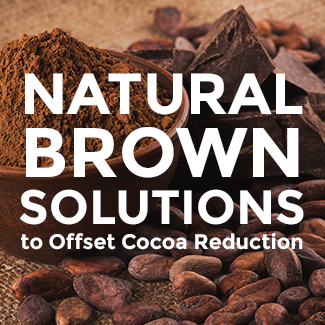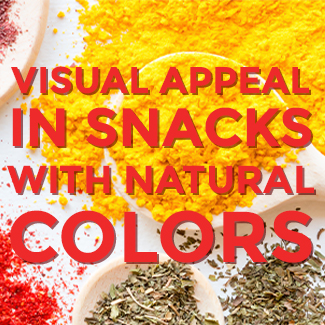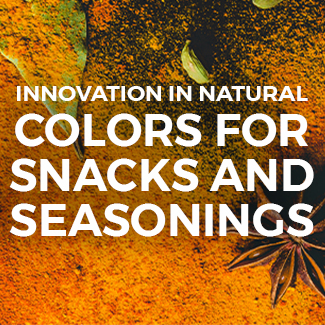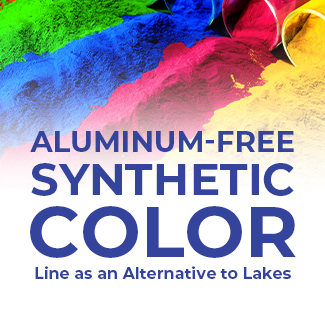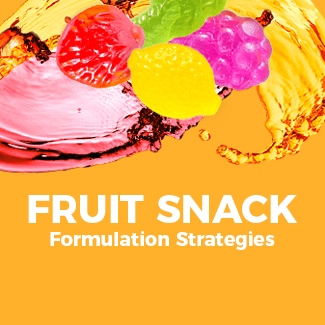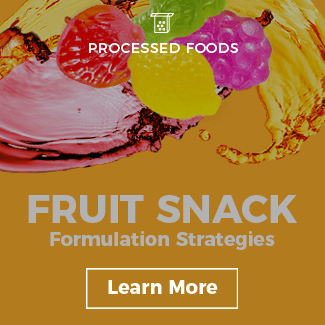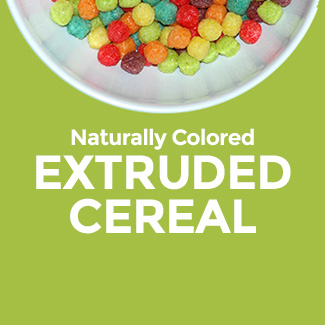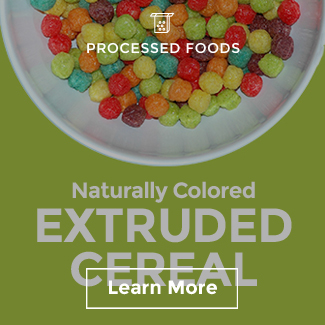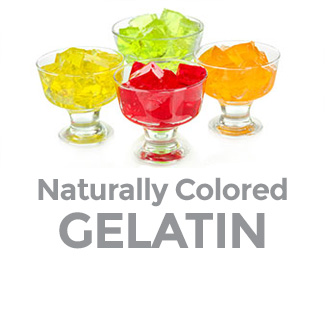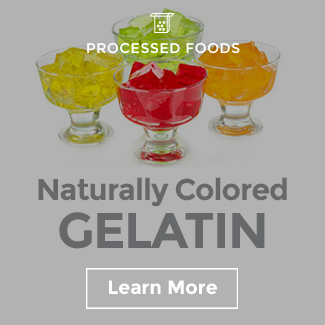Formulation Strategies for Cheese Powder & Sauce
Even before Kraft’s announcement to remove Yellow #5 and #6 from their original ‘blue box’ Mac ‘n Cheese, the interest in natural color solutions for cheese powders and sauces was extremely high.
Product developers are beginning to look into natural color replacements for applications such as topical cheese seasonings, cheese sauces and dips, and microwavable or stove-top meal kits. In their pursuit, the following key attributes are being targeted:
- Matching the iconic cheddar cheese shade may require a blend of a few natural sources or the employment of an appropriate emulsion.
- In addition to achieving the desired shade in the finished product, most prefer that the dry cheese powder itself has a bright cheesy shade requiring the use of a plating grade natural color or spray dry technology.
- Cost-in-use is significant to companies trying to ensure their customers don’t face price increases as a result of the switch. While cost parity with synthetic colors is not possible, there are suitable options with a relatively low cost-in-use available.
- Additionally, noodle staining is sometimes a requirement for certain brands. Achieving this with naturals can be difficult.
The importance of each attribute is dependent on a manufacturer’s specific application and process.
Formulating with natural sources of yellow/orange can be challenging for various reasons. Some produce flavor off-notes. Carotenoids like Beta Carotene and Apo-8 may be susceptible to oxidation and Annatto requires refrigerated storage of color. In addition, some brands wish to avoid the use of nature identical carotenoids in favor of all-natural sources of color.
Most commonly, manufacturers use the powder form for their process. However, oil and water emulsions are available when a liquid solution is preferred and can sometimes be a better option depending on a manufacturer’s process. The following natural solutions are available; some are better than others from a total performance standpoint.

Annatto Microfine™
Annatto Microfine™ is an optimal solution for manufacturers looking to color the cheese powder itself without having to use spray dry technology. It is an excellent shade match to Kraft’s original Mac ‘n Cheese and is good in terms of cost-in-use. It will produce slight flavor off-notes, which may be an issue for basic Mac ‘n Cheese, but it generally isn’t an issue for topical cheese seasonings. It will not stain the end product (i.e. the noodles) and does require refrigerated storage.
Annatto, Beta Carotene & Beet
A blend of Annatto, Beta Carotene and Beet Juice is a very good shade match, but will only color the cheese powder if spray dried. The cost-in-use is excellent assuming the color of the cheese powder is not critical. Replacing the natural dyes with Sensient’s Microfine™ technology (lake properties) will fix this shortcoming, although it will increase cost-in-use slightly. Either way, it will not stain the end product (i.e. the noodles) and requires refrigerated storage due to the Annatto component. Any flavor off-notes produced are minimal.
Annatto, Turmeric & Paprika
Blending Annatto, Turmeric and Paprika is good solution because it’s an excellent shade match to the original ‘blue box’; cost-in-use is low and the blend produces minimal flavor off-notes. Unfortunately, the blend will not stain the end product (i.e. the noodles) and requires refrigerated storage.
Beta Carotene & Beet
The Beta Carotene and Beet Juice solution produces a good cheddar cheese shade, but will not color the powder in a dry cheese mix or stain the end product (i.e. the noodles). It does not require refrigerated storage and produces minimal flavor off-notes with relatively good cost-in-use.
Annatto, Riboflavin & Beet
A blend of Annatto, Riboflavin and Beet Juice requires the use of flavor maskers to remove flavor off-notes but is an excellent shade match for the original ‘blue box’ and is the best performer in terms of noodle staining. The only drawbacks for this blend are that cost-in-use increases due to the use of maskers and it requires refrigerated storage.
Apo 8 Carotenal
The Beta Apo 8 Carotenal solution is an excellent shade match, produces no flavor off-notes and does not require refrigerated storage. A few disadvantages are that it does not stain the end product (i.e. the noodles), the cost-in-use is high and it isn’t a natural Carotenoid but rather a nature identical, which can be an issue depending on the brand’s view of simple ingredient labeling.
Sensient is close to completing development of a breakthrough solution which addresses all key attributes desired by manufacturers except that it will require refrigerated storage. It is a perfect match to Kraft’s original Mac ‘n Cheese, will stain the noodles, and does not produce any flavor off-notes, all at a reasonable cost-in-use level. The solution is likely to be available at some point in 2016.
We continue to pursue even more solutions that address all key attributes. The good news is that, depending on the relative importance of each attribute, excellent options exist today and the promise of further improvement means a simple ingredient conversion for cheese powder and sauce is a viable move for anyone.



